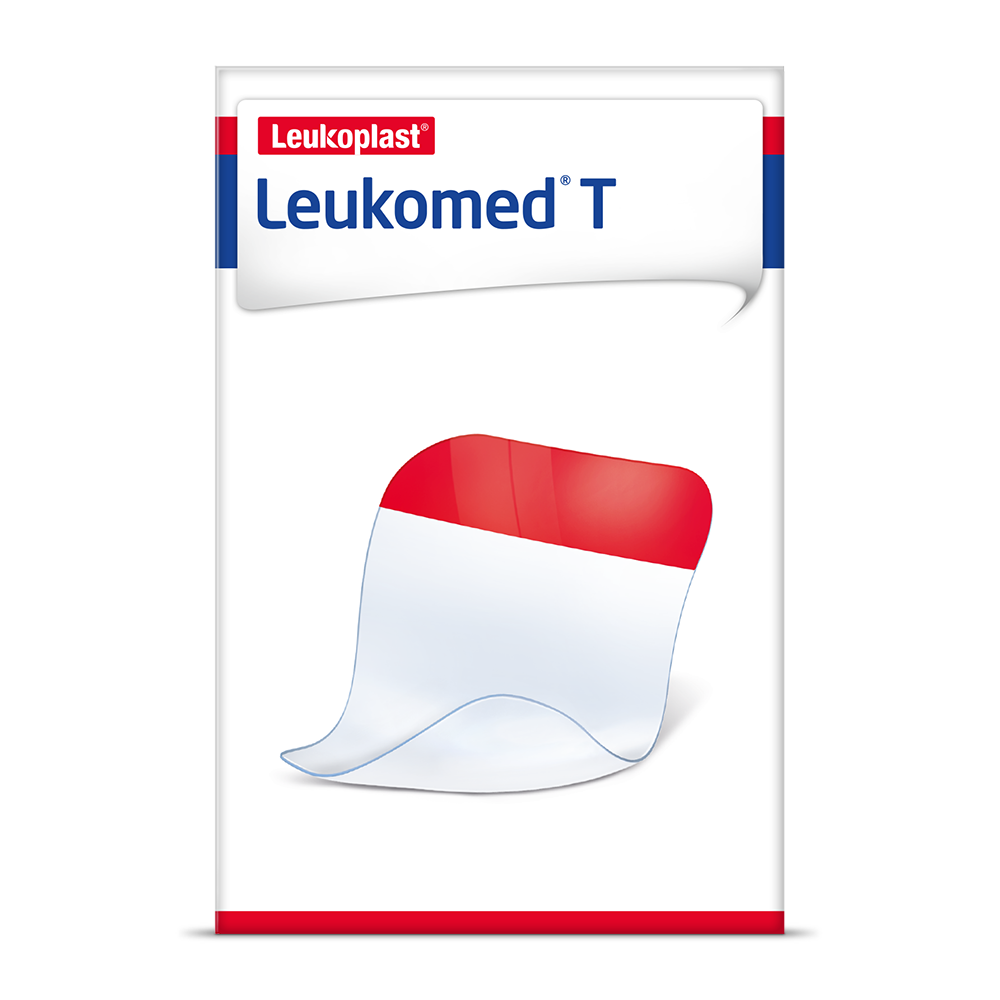Is it a bad sign if a wound weeps?
Wound fluid – known in medical language as ‘exudate’ – is a characteristic of the acute phase of wound healing and perfectly normal in the right amounts.
Wound fluid – known in medical language as ‘exudate’ – is a characteristic of the acute phase of wound healing and perfectly normal in the right amounts.
In healing wounds, exudate supports healing and a moist wound environment. This fluid comes from blood and lymph vessels, transports cell debris and bacteria away, and forms a conducive environment for the immune system. But too much of it can soften the edges of the wound and endanger healing. It is therefore important to absorb excess exudate without drying the wound out. Some dressing materials, such as hydrocolloids, and, to an extent, alginates, can retain a high proportion of absorbed fluid even when compressed. In some situations, wound healing is delayed because there is insufficient moisture in the wound. Occlusive dressings, hydrocolloids or hydrogels can increase wound moisture content in order to maintain a moist wound environment whilst absorbing exudate.
Many common wounds can be dealt with at home. But when should a doctor be consulted? Scroll down for more information!

Sterile dressing for superficial and surgical wounds, and for fixing dressings.